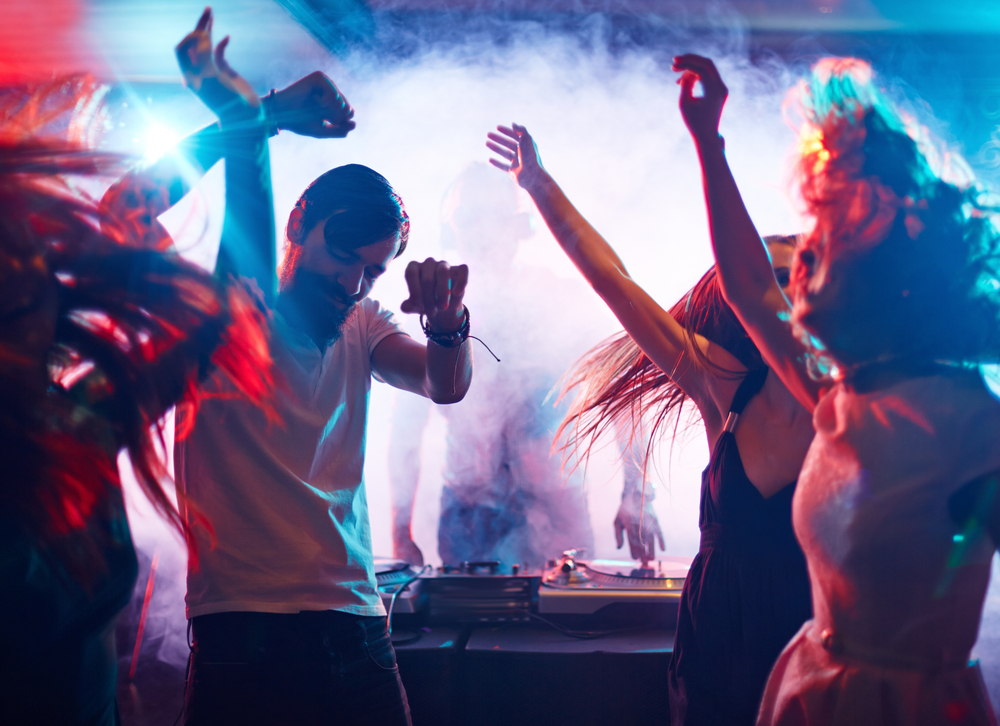A recent study published has estimated that over one billion people worldwide aged 12-34 years could be at risk of noise-induced hearing loss. The systematic review and meta-analysis found that 24% of young people engage in unsafe listening practices when using a personal listening device (such as headphones), while an estimated 48% do so at least once a month by attending noisy events (such as concerts or clubs).
A person’s maximum recommended noise exposure dose is no more than 85 dB (decibels) for eight hours a day. This is roughly as loud as city traffic or a busy restaurant.
For every three decibel increase in noise, this equates to a doubling in sound energy – meaning that the exposure time should be halved (known as the “three dB rule”). So if the sound in a typical concert is around 105 dB, a person would exceed their daily noise dose within approximately five minutes of being there. Headphones and earphones can reach similar levels when put up to maximum volume.
Frequently engaging in unsafe listening practices can lead to permanent hearing loss. Fortunately, there are many easy things you can do to lower this risk.
Knowing your risk
It’s important to note this study only estimates the number of young people who could be at risk of hearing loss – it does not report on how many people have already developed hearing loss due to unsafe listening practices. The authors acknowledge that more well-designed studies are needed to better understand the effects of recreational noise exposure across the lifespan.
Early symptoms of hearing damage can include muffled hearing (like having wool in your ears) and tinnitus – both of which can be common after exposure to loud noise. But even though these symptoms may disappear within a couple of hours or days, it has been suggested that these symptoms could still be initial warning signs of more insidious damage to parts of the inner ear.
While these early signs of hearing loss might be nothing more than a minor annoyance when you’re young, as hearing loss worsens it can have a major impact on quality of life. Some studies have even shown it’s associated with depression and cognitive decline later in life. This is why it’s vital to look after your hearing even when you’re young.
Protecting your hearing
The first and most effective way to reduce the risk of hearing loss is to eliminate the noise at its source. In other words, turn the volume down. This is easy to do with personal listening devices, since many smartphones are already wired to alert you when you’ve been listening for too long at a high volume.
But turning the volume down can be harder to do when attending loud events. To protect yourself, limit your exposure – either by moving away from the sound source (avoid standing in front of loudspeakers) or taking a break in a quiet space every 15 minutes or so. It’s also recommended you give your ears at least 16 hours rest if you spend around two hours in a 100 dB environment, such as a club or concert.
You could also use hearing protection devices (such as earplugs) at noisy events. These are usually considered as a last line of defence, but may be the best option if you are unable to limit your exposure – or don’t want to.

